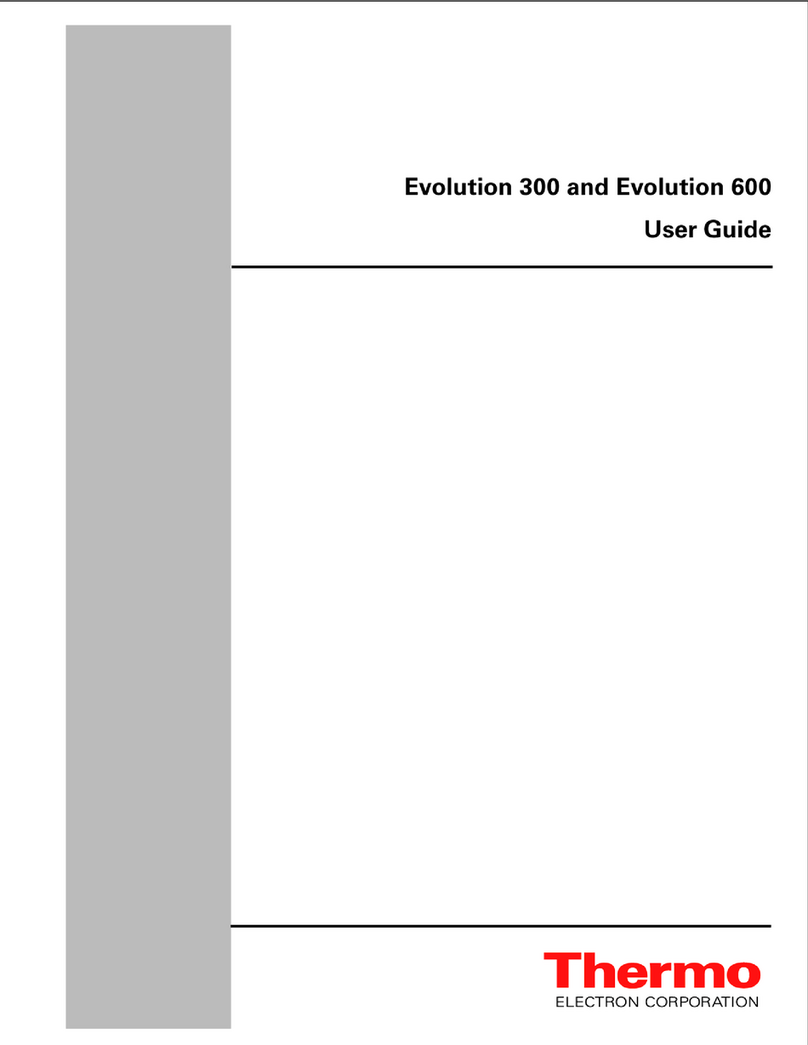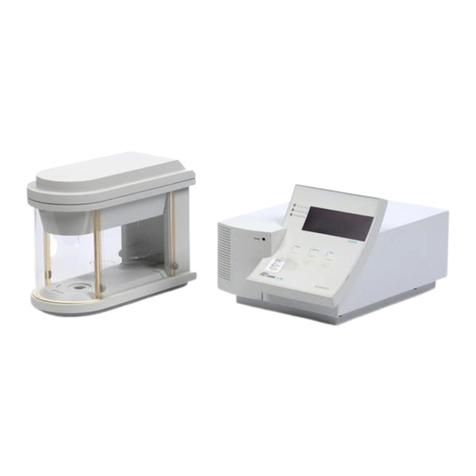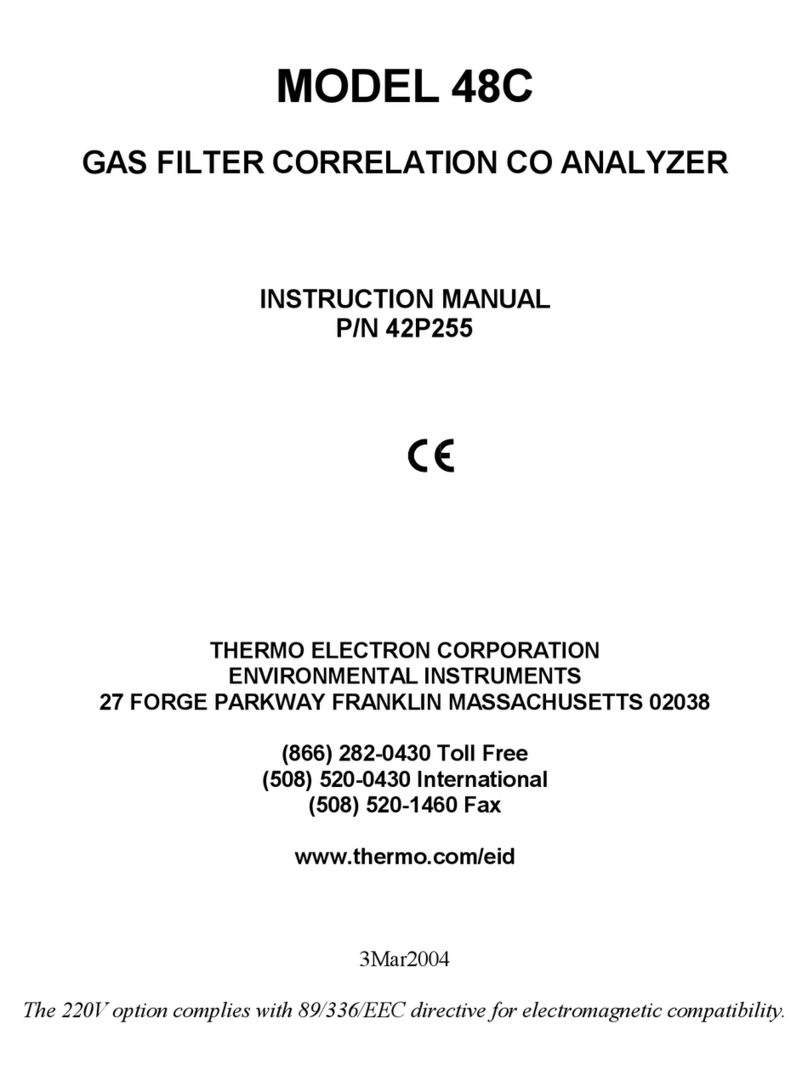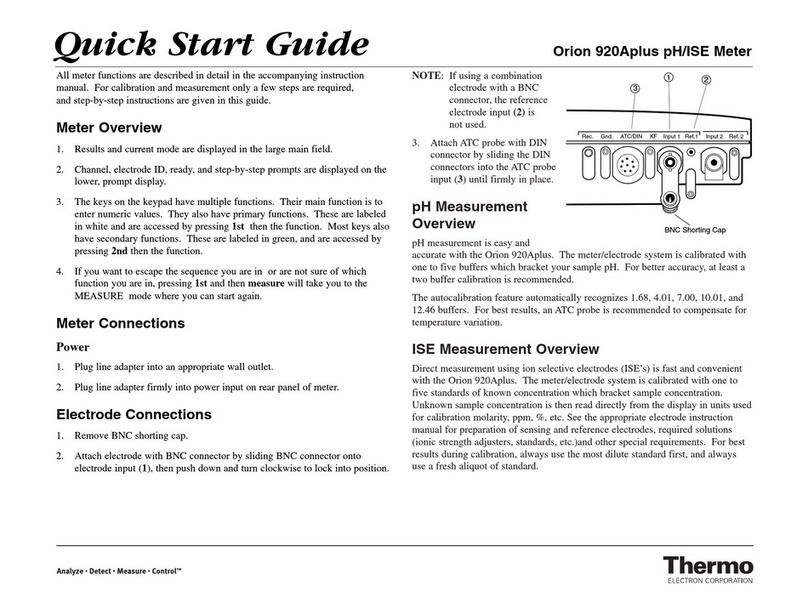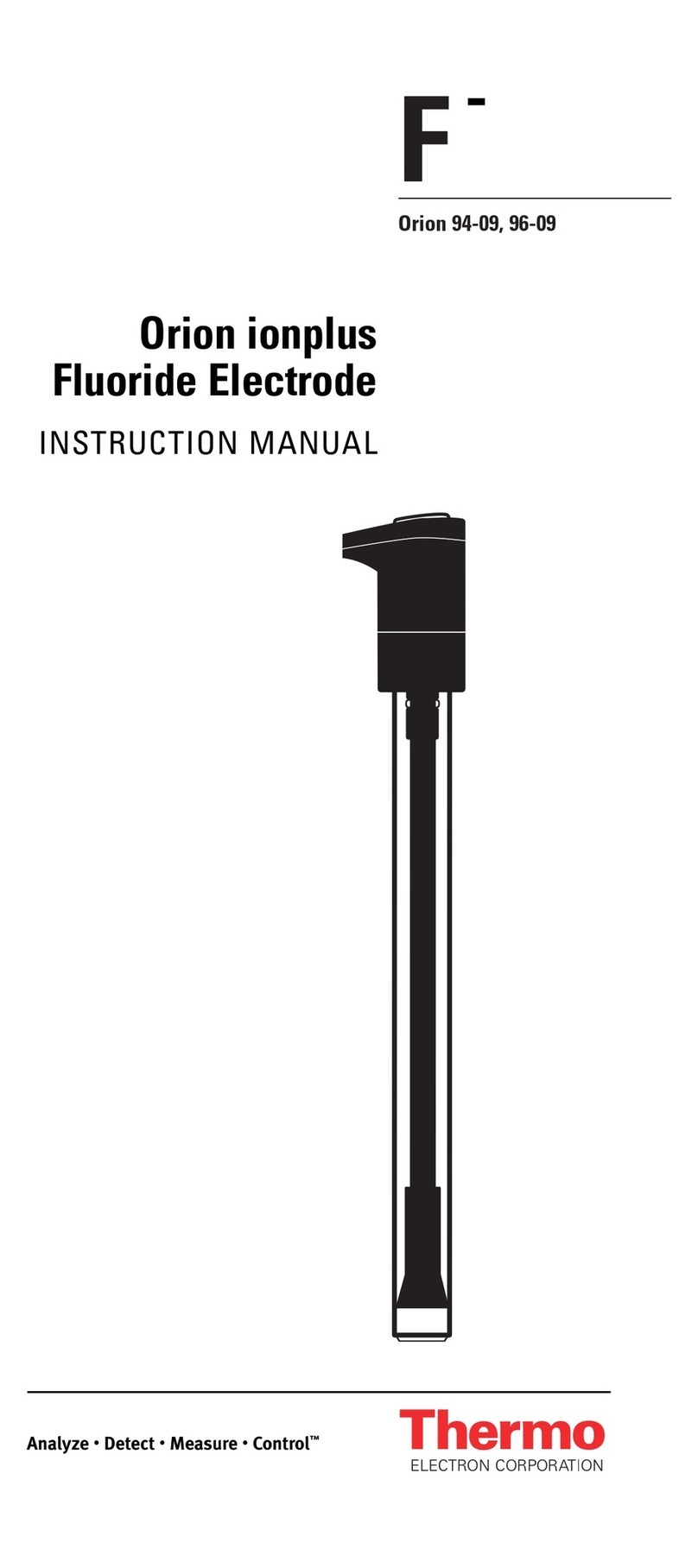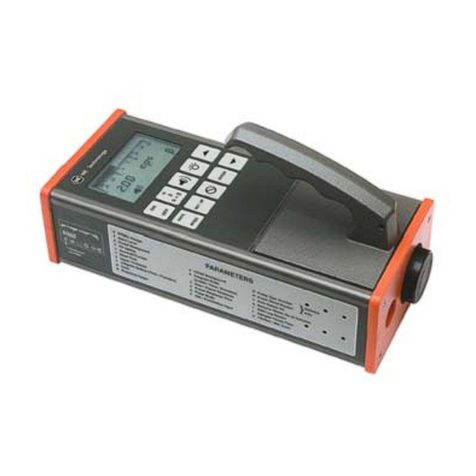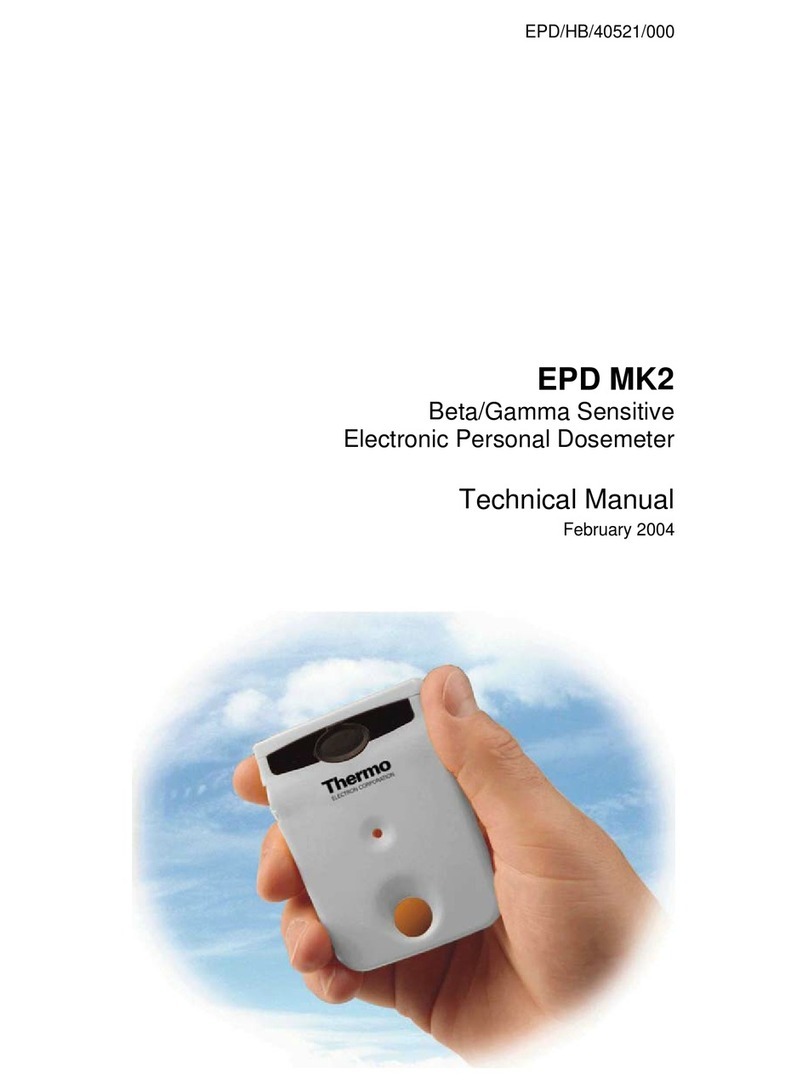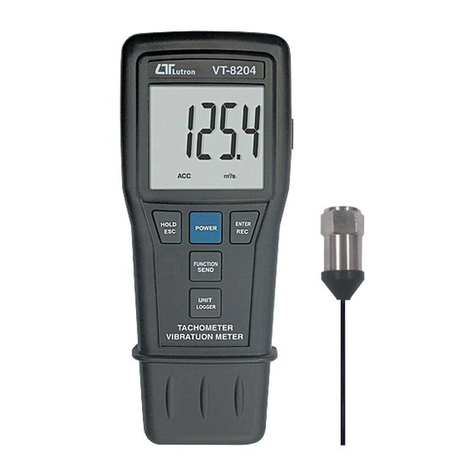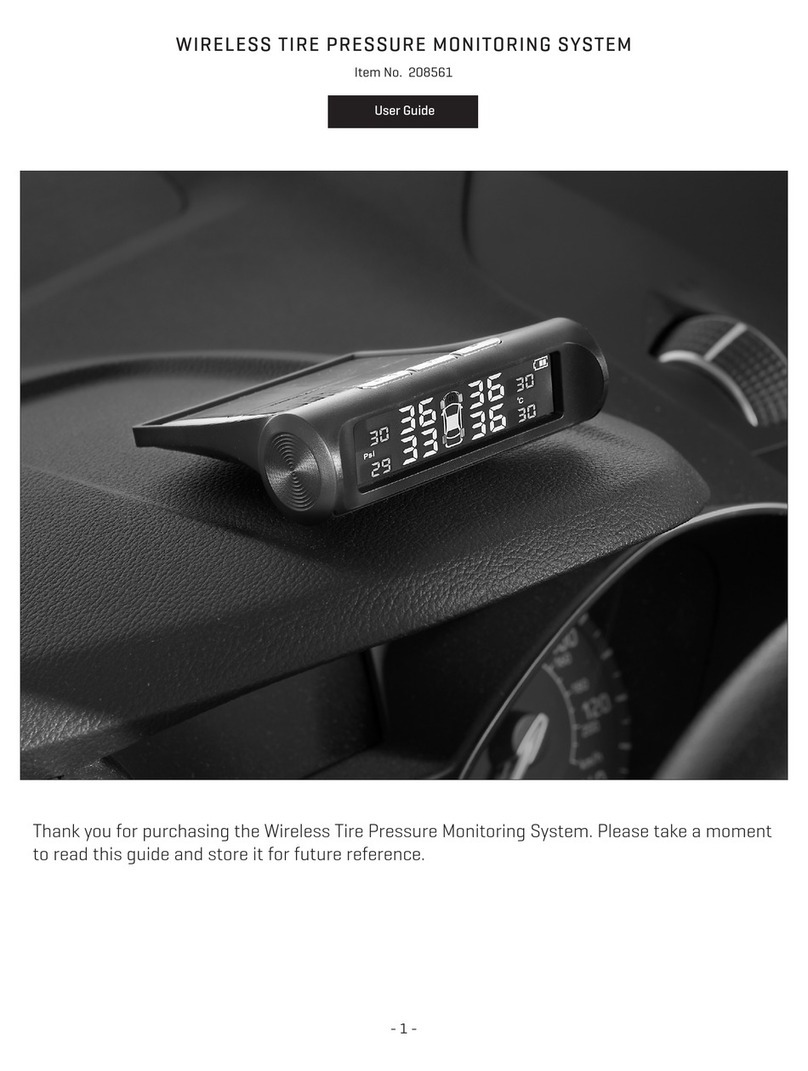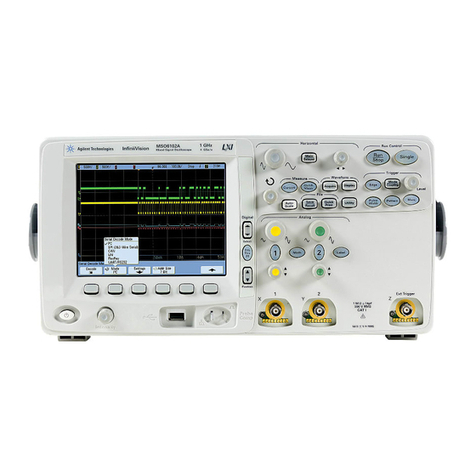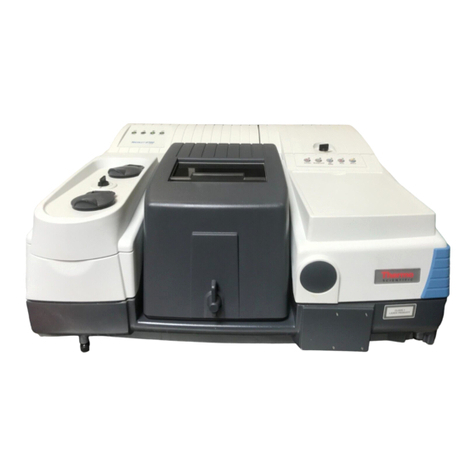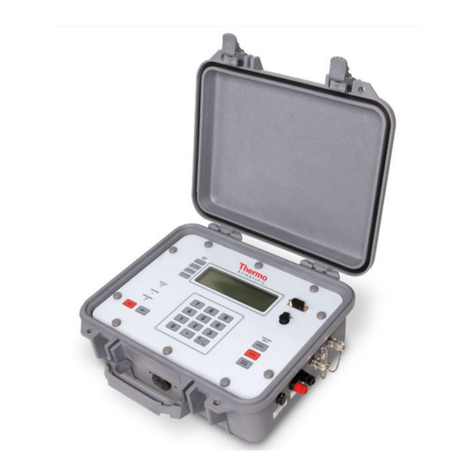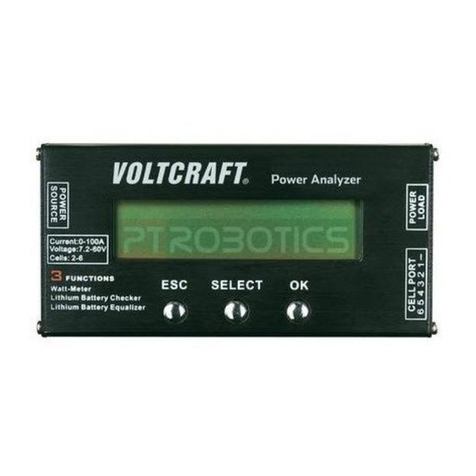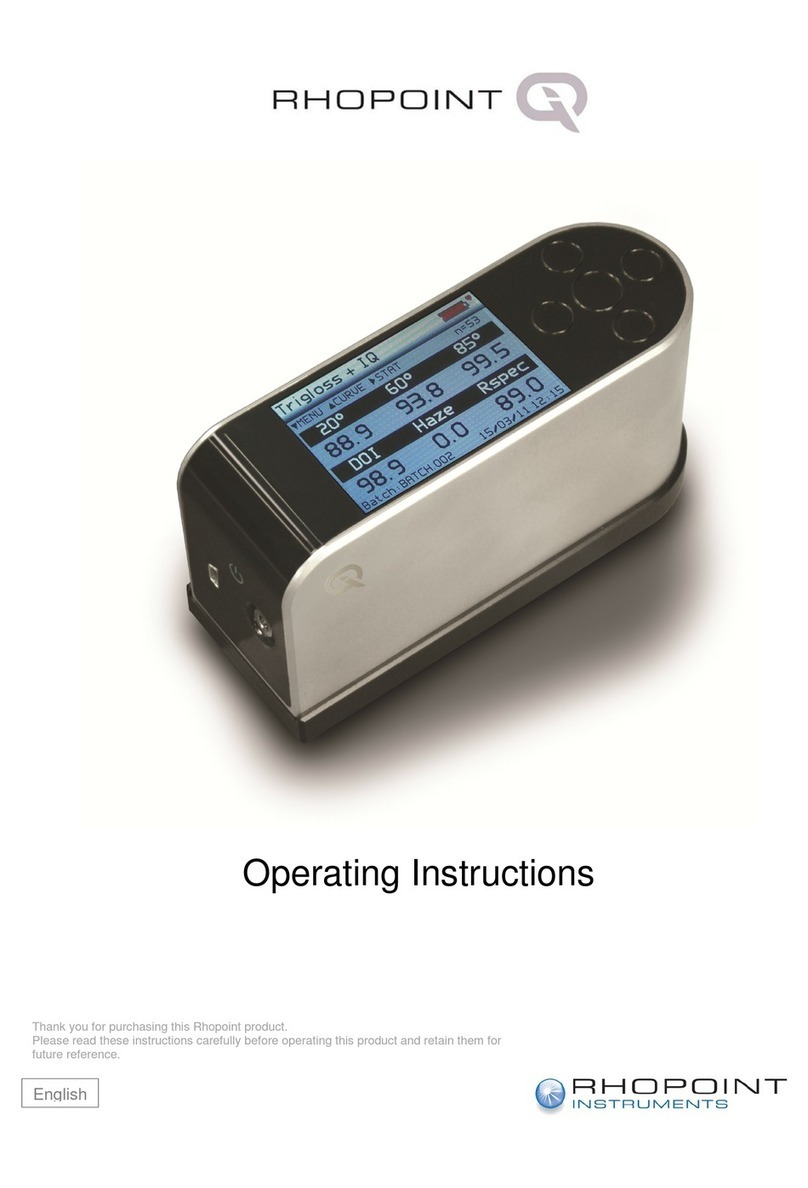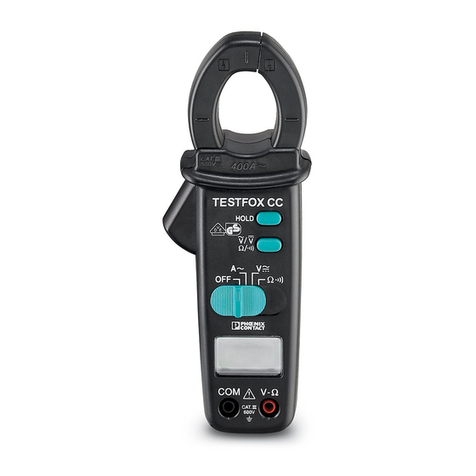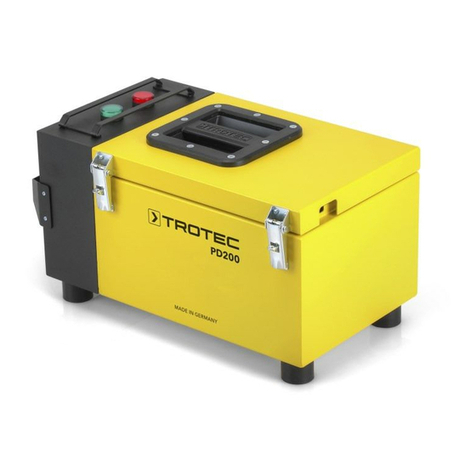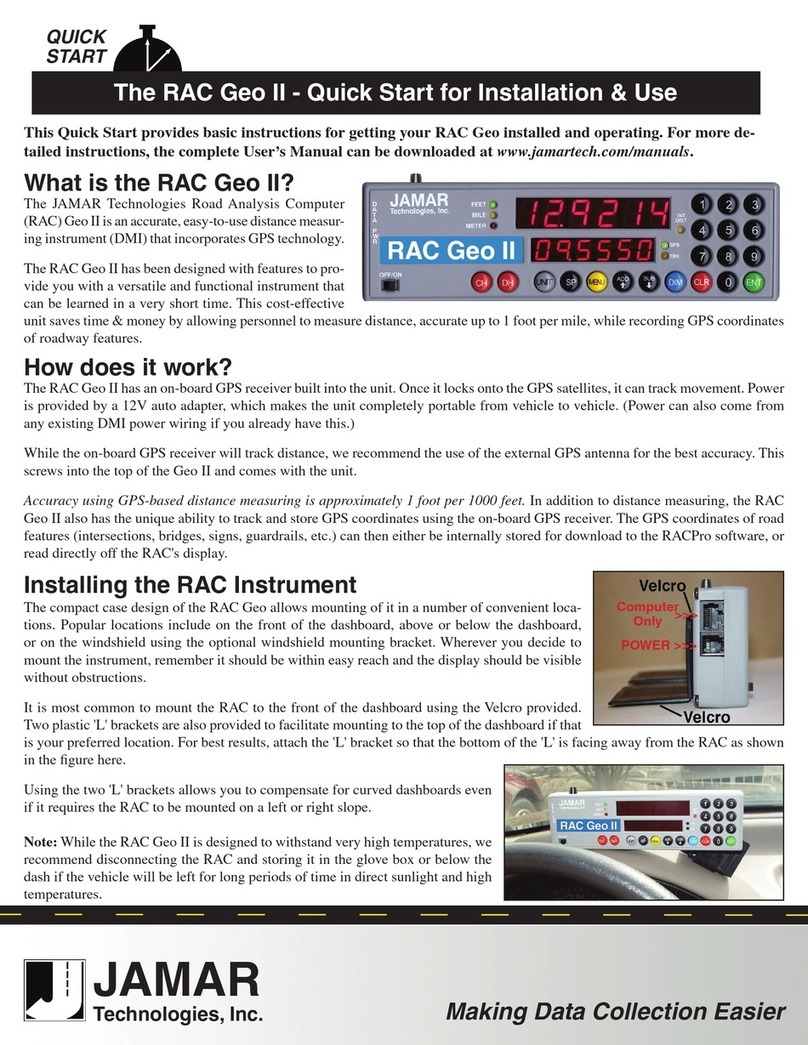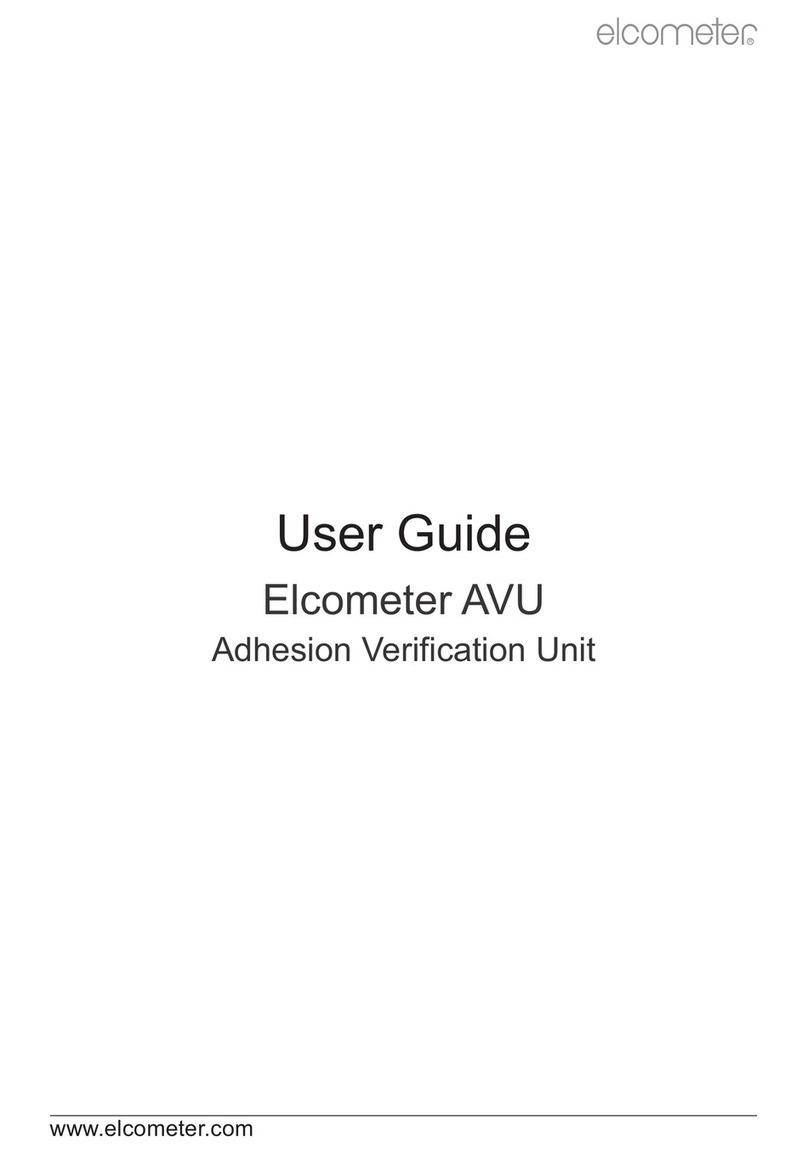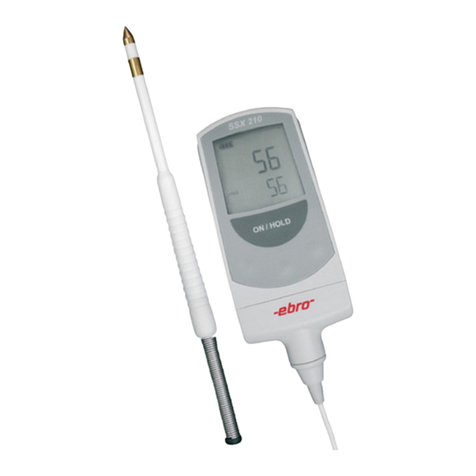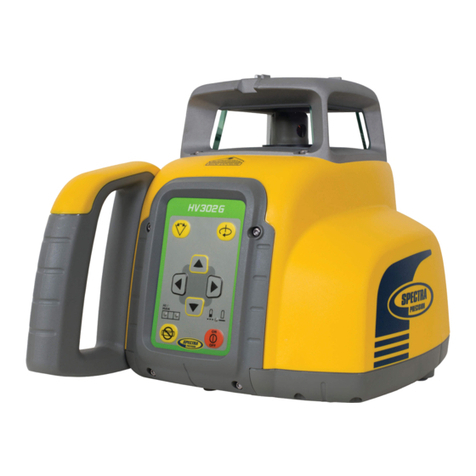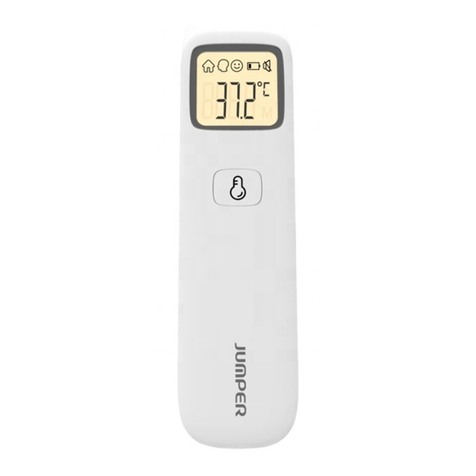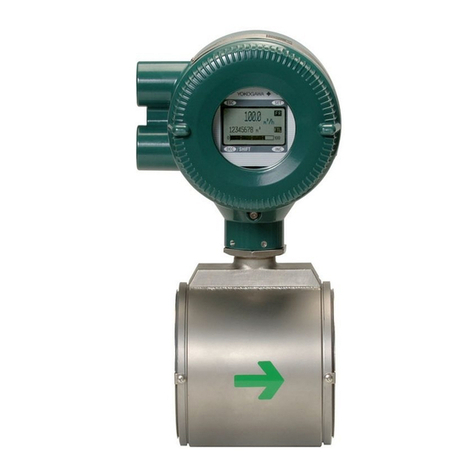
Thermo Electron Corporation Polysonics SX40 User Guide ii
Contents
Product Overview..............................................................................................1-1
Introduction........................................................................................ 1-1
Ordering Information ......................................................................... 1-1
Specifications ...................................................................................... 1-2
Performance..................................................................................... 1-2
Physical............................................................................................ 1-2
Functional........................................................................................ 1-3
Approvals ......................................................................................... 1-4
Installation & Wiring........................................................................................2-1
Installing the Transducers ................................................................... 2-1
Mounting the Enclosure...................................................................... 2-4
Wiring ................................................................................................ 2-5
AC Power......................................................................................... 2-5
DC Power........................................................................................ 2-6
Transducers..................................................................................... 2-7
Relays............................................................................................... 2-9
4–20 mA Current Loop (Rev. F or Earlier) .................................... 2-11
4–20 mA Current Loop (Rev. G or Later)...................................... 2-13
Connecting a Switch to Remote Zero Feature................................ 2-14
Operation & Configuration ..............................................................................3-1
The Interface....................................................................................... 3-1
Screen Contrast................................................................................ 3-1
Configuration ..................................................................................... 3-2
Auto Mode....................................................................................... 3-2
Manual Mode .................................................................................. 3-3
HydraScan .......................................................................................... 3-6
Setup Items.........................................................................................................4-1
Reset ................................................................................................... 4-1
Config................................................................................................. 4-1
I/O Test.............................................................................................. 4-1
Relays............................................................................................... 4-1
4–20 mA Loop Calibration .............................................................. 4-1
4–20 mA Loop Test ......................................................................... 4-2
Flow.................................................................................................... 4-2
Rate.................................................................................................. 4-2
Chapter 1
Chapter 2
Chapter 3
Chapter 4




















